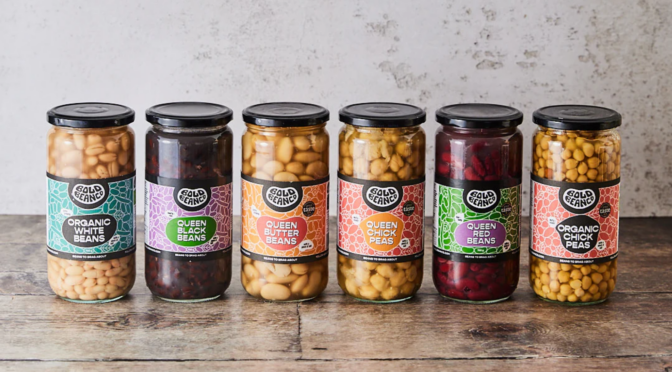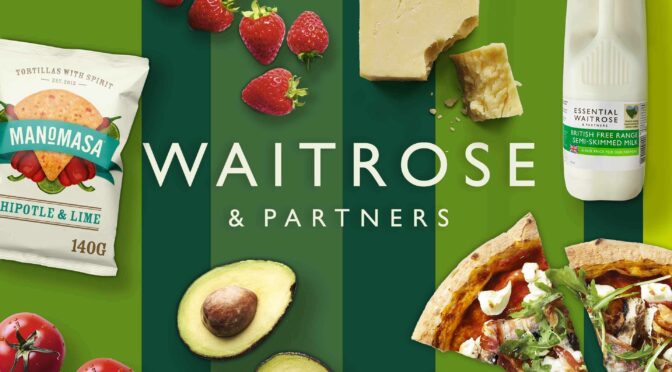It’s not hard to see why video marketing is so effective. A rich, visually stimulating medium, video has long been used by businesses to forge a connection with their audience and encourage prospects to interact further with their brand.
The results that video marketing campaigns have achieved speak for themselves: 93% of marketers report that video content has helped them increase brand awareness, with 87% saying that video has achieved a good overall return on investment. It isn’t surprising, then, that the overwhelming majority (92%) of marketers see video as a critical part of their marketing strategy. Whilst this is the case; however, a non-trivial number of marketing teams would struggle to delineate a wider, overarching video content strategy that informs their output.
The difference between a good and a great video content team lies in their ability to create high-quality content on a consistent basis, and putting together a video marketing strategy can make this much easier to accomplish.
Identify your key objectives
Start by outlining in writing what it is that you hope to achieve with your video marketing campaign. Are you looking to drive more likes on Facebook, increase traffic to your blog pages or generate more leads? Where to put it in the sort of language used by marketers ad nauseam, do you want your video content to fall in the marketing funnel?
Answering this question may not be as simple as choosing one of the three stages (Awareness, Consideration and Conversion) of the funnel and creating content that is geared to one of these objectives. Most effective video content strategies aim to guide prospects down the funnel with videos that initially focus on brand awareness before educating viewers about what the brand has to offer (through the medium of product demo videos, for example) and encouraging them to make a purchase.
Having a good understanding of what you wish to achieve should give you some idea of how long your videos will need to be. As a rule, video content centred around raising awareness tends to be fairly short, i.e. in the 15-30 second range.
Consideration-stage videos, which are more geared towards educating and entertaining their audience, often need to be a little longer, i.e. between 30 seconds and two minutes, in order to be effective. Bud Light’s Special Delivery video ad is a wonderful example of how brands can educate their viewers with respect to what sets them apart from their competitors in a comedic fashion.
Get to grips with your target audience
No video marketing strategy can hope to succeed without first understanding what it is that your target audience really wants. What makes them tick? What are their pain points? What sorts of things would actively repel them?
Asking these questions will help you build an accurate picture of your target audience. With a bit of luck, you’ll avoid making the sorts of blunders that have been made in the past by brands like Pepsi, with their infamous Live for Now commercial.
Devise a series of buyer personas, and keep them firmly in mind when producing your video content. Buyer personas are detailed profiles of your target customer that encompass their demographics, i.e. age, gender, income bracket, marital status, etc. in addition to their psychographic attributes, i.e. their goals, motivations and the obstacles that they face.
Let’s imagine that your buyer persona is a Gen Z shopper by the name of Delilah. Delilah has a keen interest in social justice, is a self-professed digital native and has an attention span that would make even the most easily distracted goldfish blush.
The sort of content that will play well with Delilah generally takes the form of 6-15 second TikTok videos that avoid cringe-inducing attempts at social commentary and take into account the sorts of factors that would inform her purchase decisions, i.e. the use of sustainable fabrics, the ability to buy online, etc.
If, on the other hand, your buyer persona is Brad, a middle-aged real-estate professional, you would be well-advised to steer clear of TikTok, with its much younger user base, and instead run Facebook video ads, given Facebook’s popularity amongst older users.
If your aim is to target businesses, as opposed to consumers, your target audience will almost certainly be much smaller and more niche – but you should think carefully about the sorts of challenges that your target companies face if you decide to create videos for B2B marketing.
Create a video content calendar
Once you’ve decided upon your key objectives and target audience, you should produce a content calendar that outlines your video briefs, formats, placements and publishing dates.
Be honest with yourself when creating your posting schedule. If it isn’t realistic for you to post a new video every week, consider committing to posting a video every fortnight or once a month. There’s no point in devising a timeline that you won’t be able to deliver on, or prioritising quantity over quality.
Ensure that everybody on your team has access to your calendar, as this will provide them with the visibility that they need and help them stay disciplined with regard to deadlines. Such an approach helped us stay on schedule and successfully deliver three separate video ads for Upbeat over the course of six weeks.
It’s time to put together your video content strategy
Whilst sitting down to create a video marketing strategy may not sound like much fun, you would struggle to find many marketers who have regretted taking the time to plan ahead.
Keen to find out more about Small Films? Take a look at our latest work on our YouTube channel.
Small Films is a video production company in London. Our team of videographers, editors and animators create all sorts of videos, including awesome product videos, testimonial videos, explainer videos and animations that can help bring your brand to life. Do get in touch; we’d love to hear from you!




